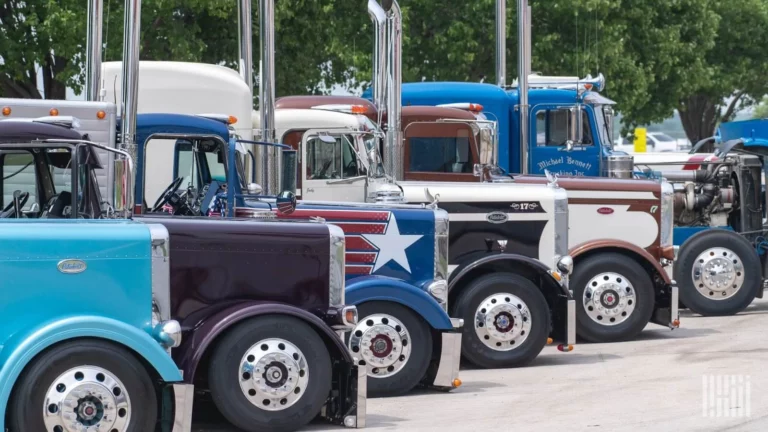The trucking industry, the backbone of America’s supply chain, faces a paradoxical challenge: alarmingly high turnover rates amidst debates over a driver shortage. This November, I found myself immersed in these discussions at the National Association of Publicly-Funded Truck Driving Schools (NAPFTDS) Region Four meeting in Corpus Christi, Texas, a gathering that brought to light the industry’s deepest divides and potential paths forward.
The trucking world is split on whether there’s a real shortage of truck drivers. Associations claim difficulty in hiring, while researchers argue the issue lies not in scarcity, but in the industry’s inability to retain drivers. This disagreement isn’t just academic; it influences policy and funding, as seen in the allocation of taxpayer money for driver training.

At the NAPFTDS meeting, it became clear that training schools play a crucial role in preparing new drivers. But questions linger: should the focus be on mass recruitment or on improving conditions for current drivers? And, should schools aim for quantity or quality in their programs?
A 2017 federal study underscored a direct link between experience and safety: drivers with less than three years of experience are 47% more likely to cause an accident. This finding suggests that retaining experienced drivers could be more beneficial than continually bringing in novices.
The current industry model, driven by what’s termed “destructive competition,” favors high turnover. Research by Stephen Burks of the University of Minnesota Morris and others in 2023 found that it’s less costly for companies to endure high turnover than to invest in higher wages and retention strategies.
While the American Trucking Associations (ATA) reported a shortage of 78,000 drivers in the previous year, many, especially those with on-the-ground experience, disagree. They point to the high turnover rate, especially in large truckload fleets, which reached about 94% from 1995 to 2017, as the real issue.
There’s a notable gap in earnings reports, with the ATA citing average truckload driver pay around $70,000, while Bureau of Labor Statistics data shows a median annual salary closer to $50,000. Training schools argue that more funding could help them expand and modernize, a crucial step in addressing both quantity and quality of training.
By the conference’s end, it was apparent that the industry stands at a crossroads: continue the cycle of high turnover, or invest in retention through better pay, conditions, and recognition of drivers’ value. Brent Lauber from the Kelly Anderson Group advocated for treating drivers with basic kindness and respect, noting that such practices can significantly reduce turnover without incurring additional costs.